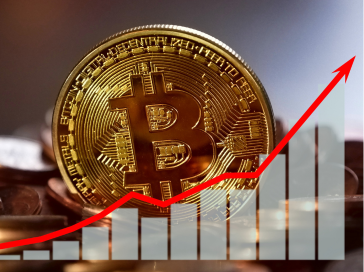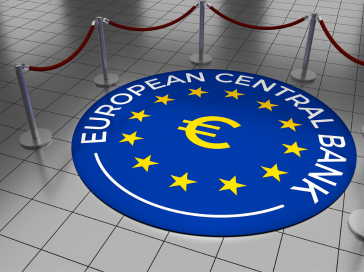US Senate Passes Budget Cuts Amid Deep Division
The U.S. Senate approved a $9.4 billion federal spending cut bill amid sharp partisan division.
Contents
United States
U.S. Senate Passes $9.4 Billion “Cuts” Bill Amid Partisan Division
In the early hours of Thursday morning, the U.S. Senate
voted to pass the “Cuts” bill backed by President Donald Trump,
which proposes a $9.4 billion reduction in federal spending.
>The bill passed by a narrow margin of 51 votes to 48,
Two Republican senators voted against it, highlighting a clear partisan split over its implications and potential impact.
This legislation is considered a limited component of a broader cost-cutting plan introduced by the Department of Government Efficiency (DOGE),
a body established by Trump upon assuming office last January to enhance the effectiveness of government spending.
Estimates suggest the bill could significantly reduce programs such as foreign aid and public broadcasting services.
Previous reports had indicated that Trump preferred passing the bill in its original form without amendments.
Still, the Senate introduced several changes,
meaning the bill must now return to the House of Representatives for a final vote before full approval.
United Kingdom
UK Job Market Shows Signs of Weakness in June as Unemployment Rises to 4.7%
Official data released Thursday morning by the UK’s Office for National Statistics revealed a decline in labor market conditions in June,
A noticeable increase in unemployment and new jobless claims indicates a possible slowdown in economic momentum.
New jobless claims rose by 25.9K in June, significantly exceeding market expectations of a 17.9K increase.
Moreover, the May figure was revised downward to 15.3K from the previously announced 33.1K.
Regarding the unemployment rate, data showed a rise to 4.7% in the three months ending in May,
up from 4.6% in the previous period, and above market expectations of a steady 4.6%.
Meanwhile, average wages excluding bonuses grew 5% year-on-year during the same period,
aligning closely with expectations of 4.9%, but marking a slight slowdown from 5.2% in the prior period.
Australia
Australia’s Unemployment Hits 4-Year High, Fueling Rate Cut Expectations
Australia’s unemployment rate saw an unexpected increase in June,
reaching its highest level in nearly four years and boosting expectations
The Reserve Bank of Australia may lower interest rates in its upcoming meeting.
According to data from the Australian Bureau of Statistics released Thursday,
Unemployment rose to 4.3%—the highest since November 2021—compared to market expectations of it holding steady at 4.1%.
On the employment front, the data showed a modest gain of just 2,000 jobs in June,
entirely driven by part-time employment, falling short of forecasts for a 20,000-job increase.
US Senate Passes Budget Cuts Amid Deep Division










